Sign Up for The Bluntness Weekly Newsletter
Once again the FDA is trying to put a stop to cannabis use.
And while the increase in vape-related illnesses is a legitimate health concern that warrants action, one has to wonder why this particular action -- discouraging use of “all THC vaping products” -- is what they’re advocating.
Let’s look at the facts.
Tests have only recently been able to confirm that the primary culprit in many of these cases is a fungicide, which, when burned, can turn into hydrogen cyanide. Tests have also only found this ingredient in the black market vape cartridges.
In addition to the potentially deadly fungicide, 13 out of the 15 (illegal) carts tested positive for Vitamin E, a solvent used to cut cannabis extracts that, when it reaches the lungs, could trigger an immune response that causes pneumonia.
What’s clear is that the problem lies NOT with cannabis itself -- particularly licensed and tested legal cannabis -- but overwhelmingly with the illicit and counterfeit products flooding the market. Yet mainstream media outlets and the FDA would like you to think the culprit is cannabis or THC. Which may beg the question: Why?
It should come as no surprise that the FDA is far more closely aligned with Big Pharma than with the cannabis industry. It's no secret, as Big Pharma has spent billions of dollars trying to keep cannabis illegal.
The funny thing about this is that according to the CDC, from 1999 to 2017, over 700,000 people have died from opioid overdoses. Meanwhile, people have had the ability to vape tobacco (and cannabis) for well over a decade, and the authorities are struggling to directly connect the act of vaping to even 20 deaths.
While we should do our best to prevent any deaths from vaping, those stats show that FDA-approved prescription drugs are at least 35,000x the problem vaping is, and yet the backlash and reaction are incongruous. The opioid industry was in a boatload of trouble just as this “vaping crisis” got blown out of proportion, and it’s not a coincidence.
This is how the FDA stems the growing tide of acceptance for cannabis, with a classic strategic communications move designed to miseducate the masses. But here’s the big difference between cannabis and opioids or tobacco: CANNABIS DOESN’T KILL PEOPLE.





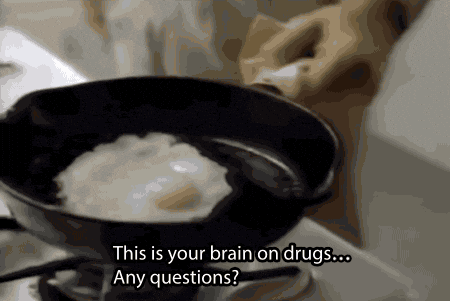
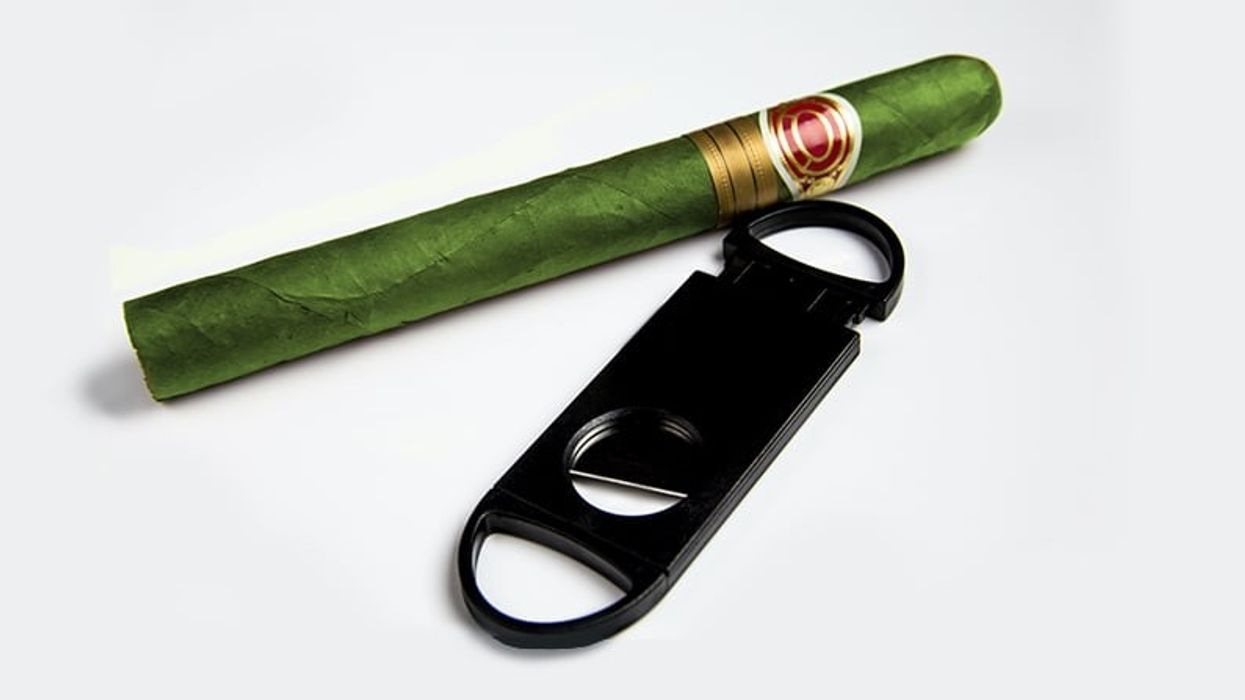
 How to Make a Cannagar Without a Mold: A Comprehensive Guide - The Bluntness
Photo by
How to Make a Cannagar Without a Mold: A Comprehensive Guide - The Bluntness
Photo by 



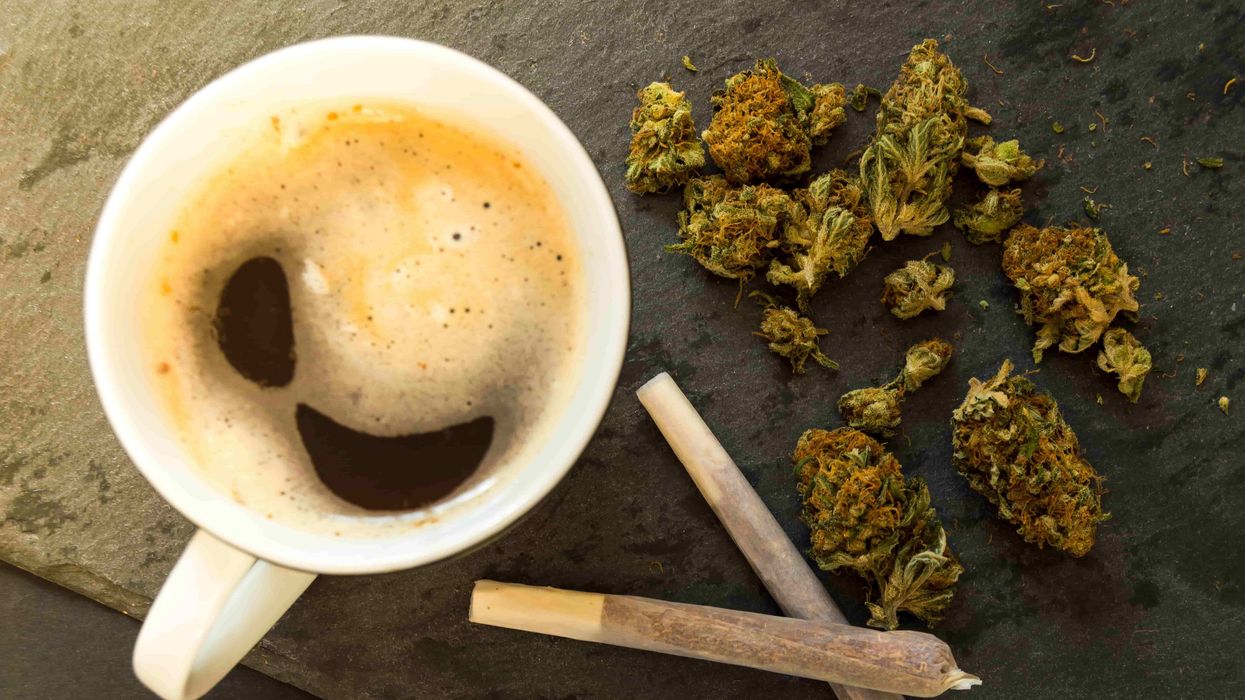
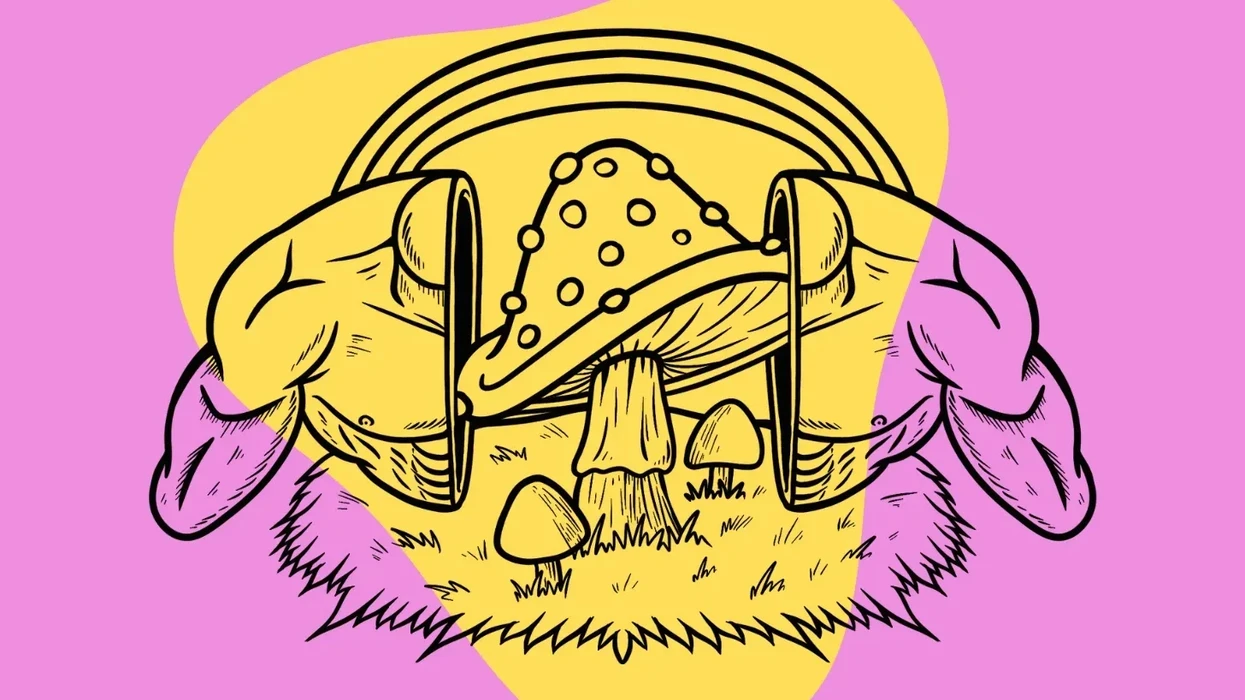
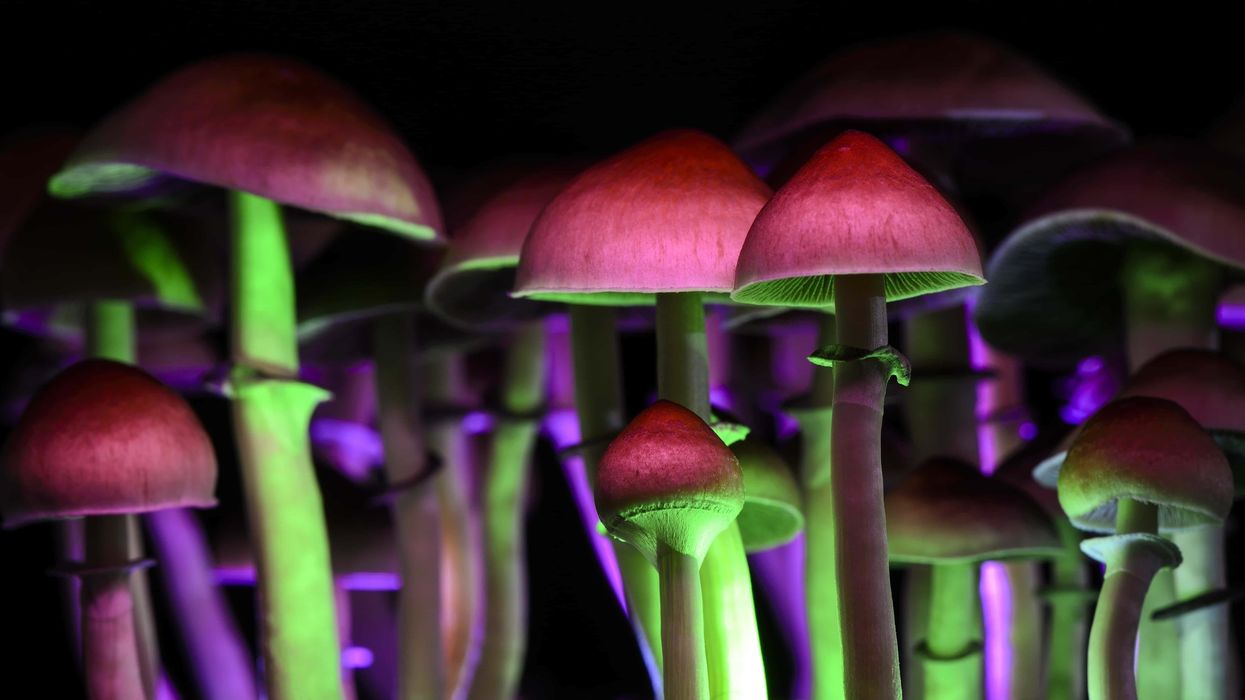
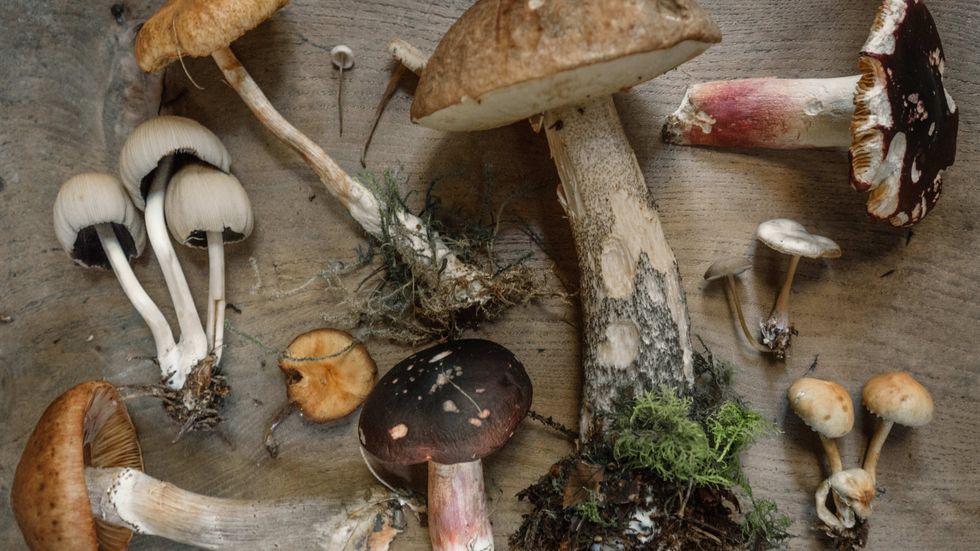 How Long Do Shrooms Last? Magic Mushroom Guide for Beginners - The Bluntness
How Long Do Shrooms Last? Magic Mushroom Guide for Beginners - The Bluntness Psilocybin can provide a life-altering experience. -The Bluntness
null
Psilocybin can provide a life-altering experience. -The Bluntness
null
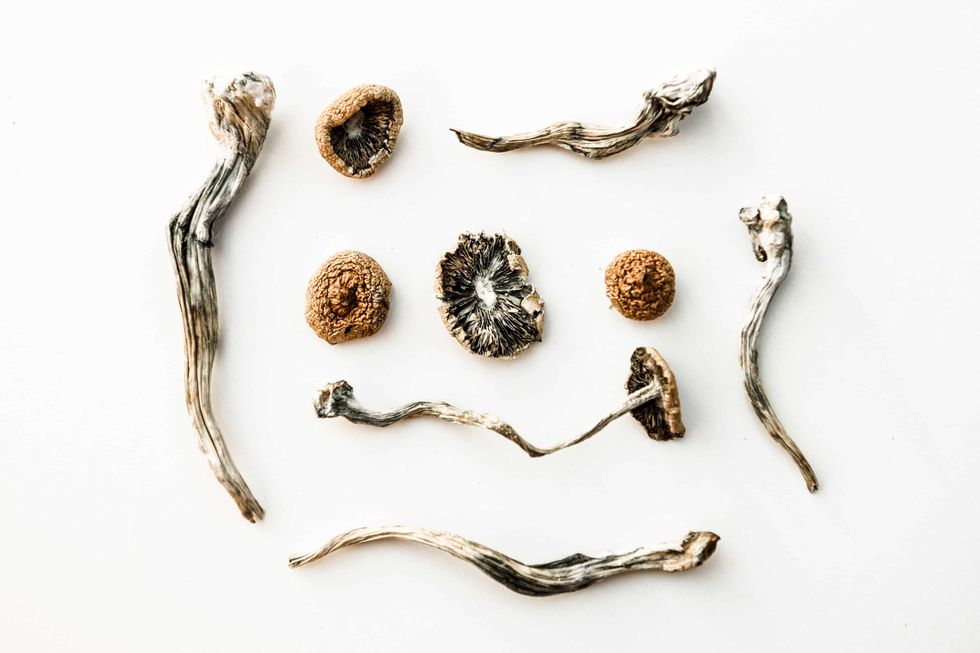 “Don’t diddle the dose. Once you have done your homework, go for it.” -- Terence McKenna
The Bluntness
“Don’t diddle the dose. Once you have done your homework, go for it.” -- Terence McKenna
The Bluntness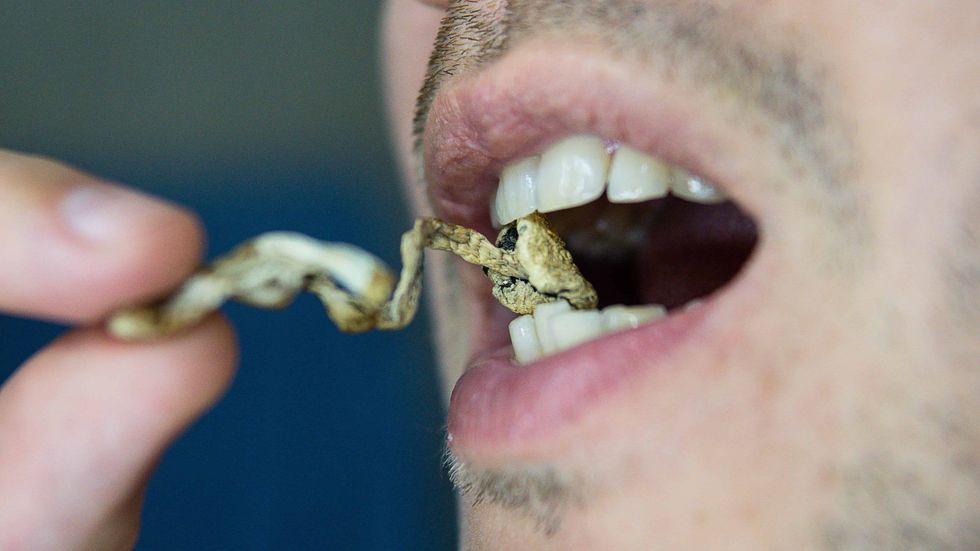 These mushrooms taste gross, but there are ways around that.The Bluntness
These mushrooms taste gross, but there are ways around that.The Bluntness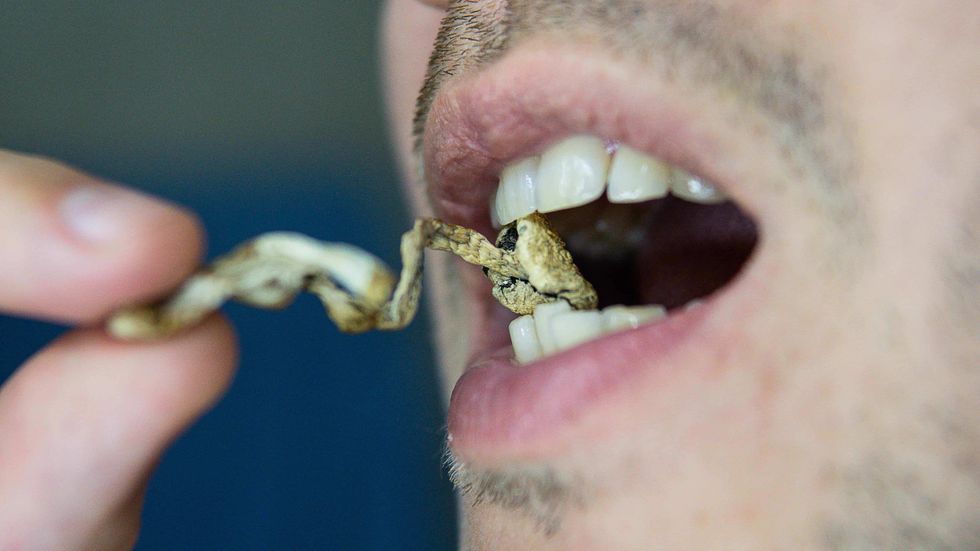 These mushrooms taste gross, but there are ways around that.
These mushrooms taste gross, but there are ways around that.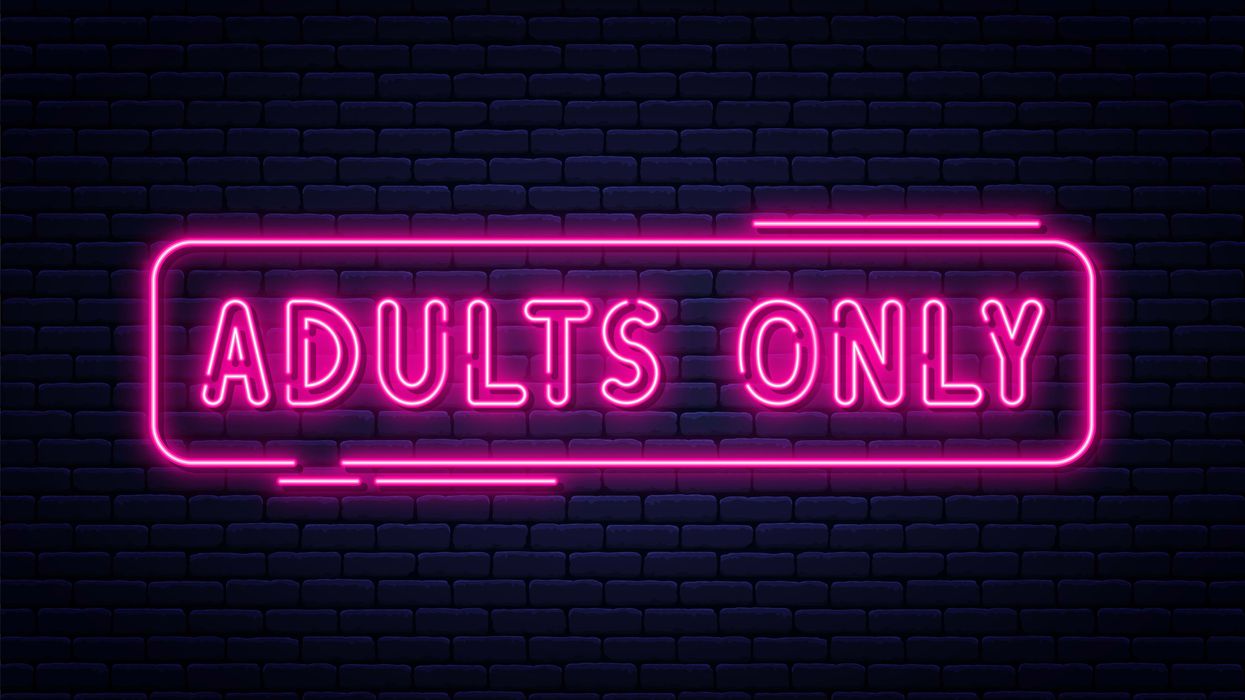







 Introduction to Psychoactive Mushrooms: The Aztec God Strain - The Bluntness
Photo by
Introduction to Psychoactive Mushrooms: The Aztec God Strain - The Bluntness
Photo by  Introduction to Psychoactive Mushrooms: The Aztec God Strain - The Bluntness
Photo by
Introduction to Psychoactive Mushrooms: The Aztec God Strain - The Bluntness
Photo by 
 FDA Approves Landmark Cannabis for PTSD in Veterans - The Bluntness
Photo by Wesley Tingey on Unsplash
FDA Approves Landmark Cannabis for PTSD in Veterans - The Bluntness
Photo by Wesley Tingey on Unsplash